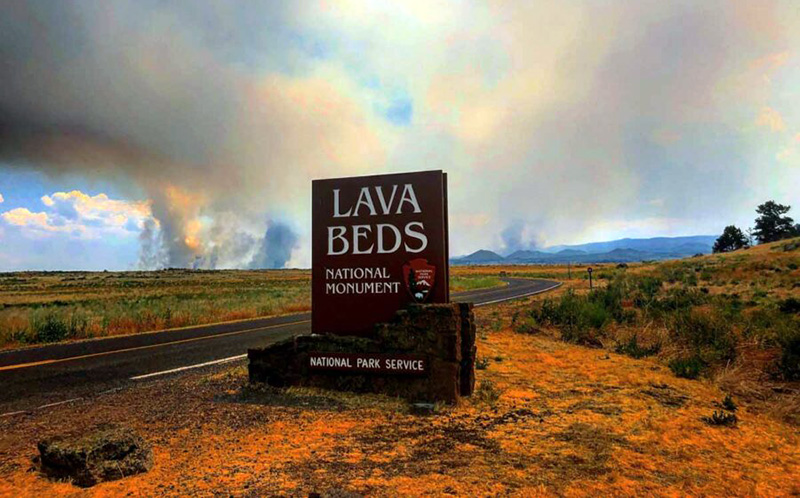I have moved several hundred miles north of the lower Owens Valley where I was camped and am now at Lava Beds N. Monument. I was last here late last summer after the fire that burned 70% of the Monument; ironically, fires to the west brought so much smoke eastward that I was forced to leave earlier than I had wanted to; it was like being awash in fiery dominance. I’ve returned to see how things look nine months later. It’s virtually a cliché to speak of how landscapes regenerate after fires, how most ecosystems have always depended on and adapted to periodic fires, and so forth, which is true and has the added benefit of assuaging the pain of looking at a desolate post-fire landscape. This one was dark and gloomy with bare ground and blackened dirt punctuated by blackened juniper and pine snags standing as if sentinels of what had happened and marching to the horizon. My Stoic nature faced a stiff trial as I observed and walked around; even useful fires doing their natural work leave the workplace looking terrible. But I remember noticing that after only weeks there were already signs of slight green regrowth, which was reassuring. The problem in these times, however, is that as climate disruption moves inexorably along and worsens, all bets are off that depend on historical norms. To begin with, fires now are more common, typically more intense, and cover a wider extent owing to the desiccation and hotter temperatures of the new climate era.
Photo from Lava Beds NPS.


